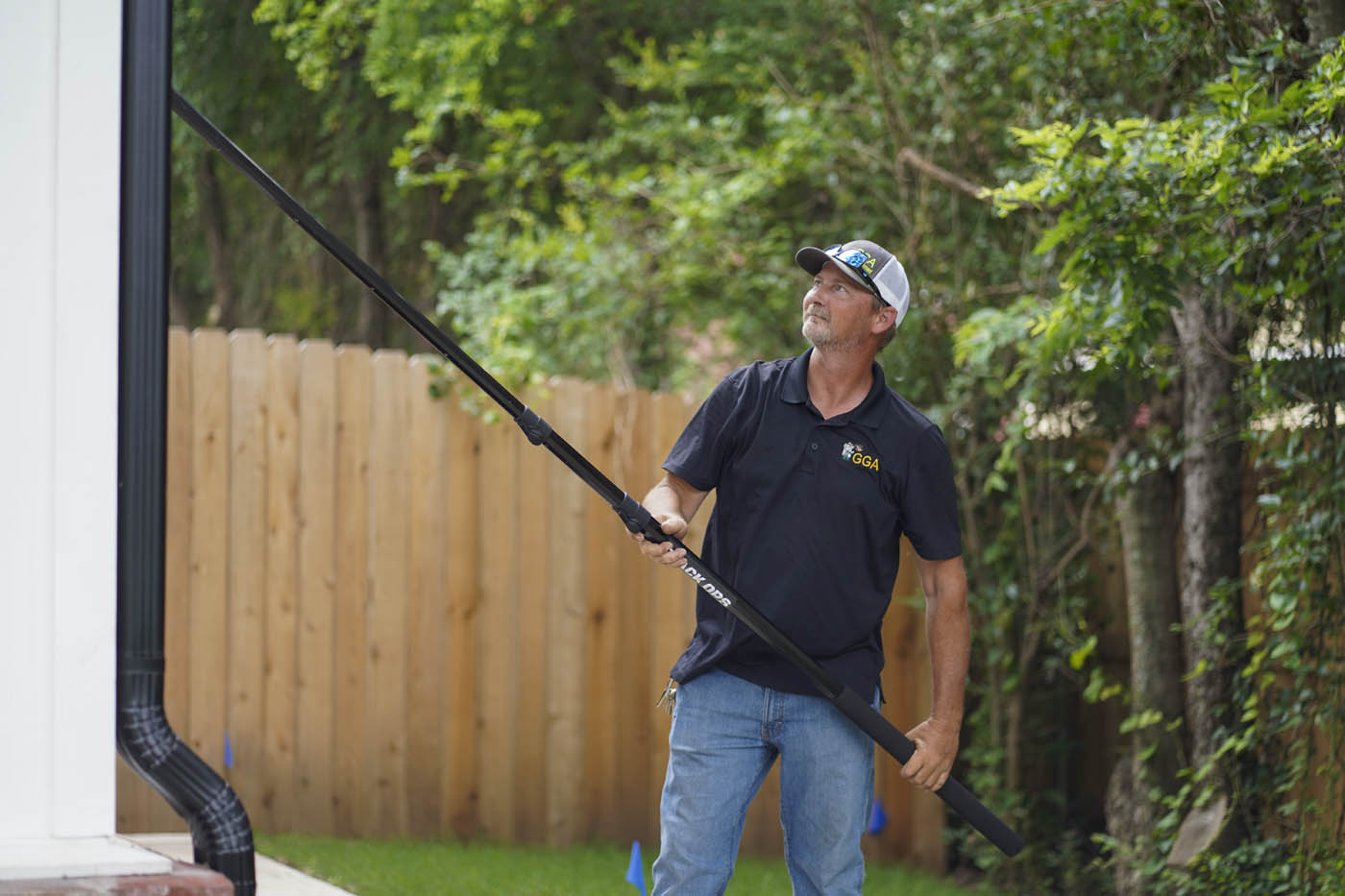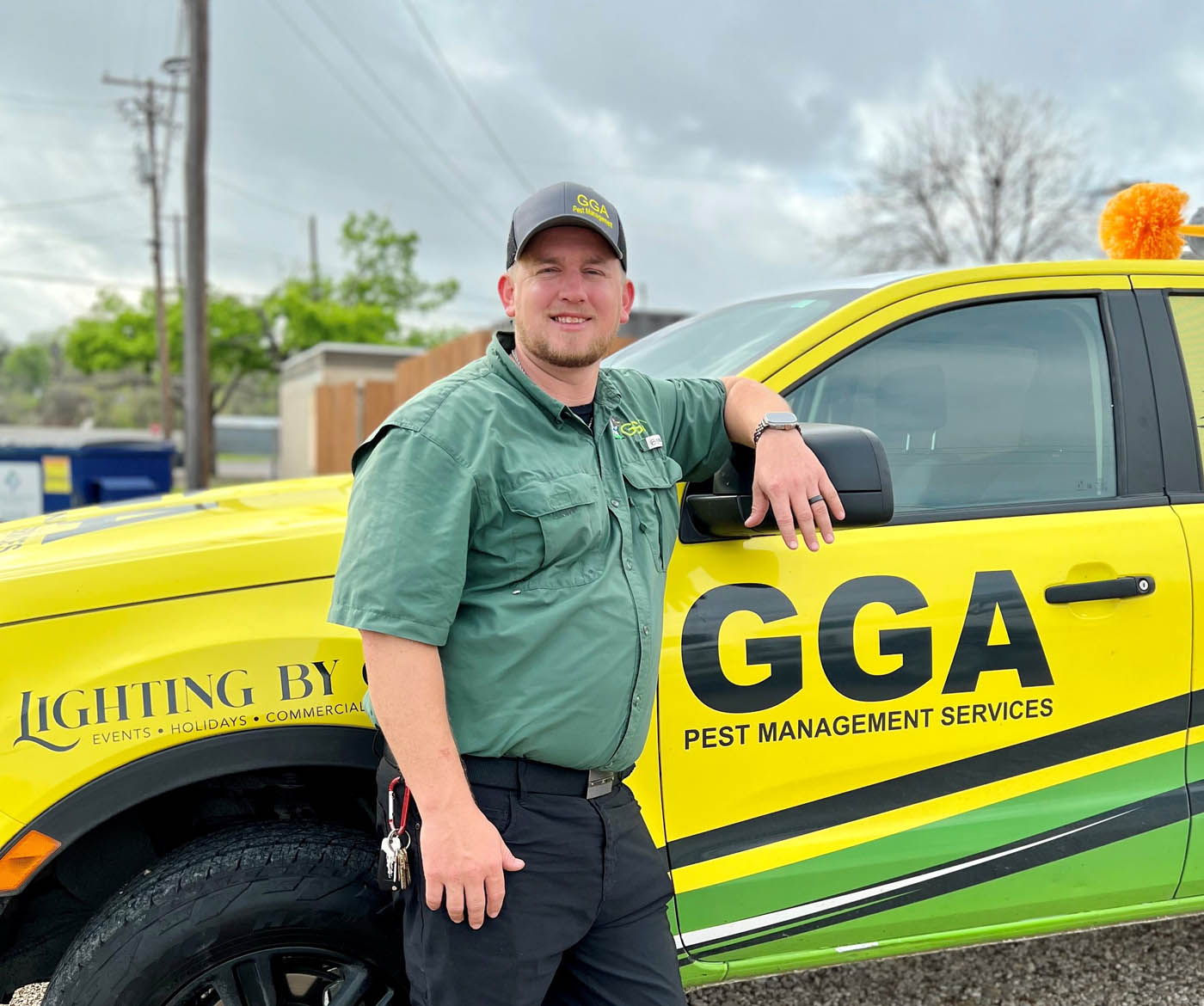Cleanliness is Next to Ant-liness
August 3, 2015
Cleanliness is Next to Ant-liness The next time those darn dirty
Cleanliness is Next to Ant-liness
The next time those darn dirty ants invade your home or picnic, consider this.
According to Alexander Hackmann, a zoologist who studies ants, "There are one billion insects per person in the world." One reason for their success is that, "they've figured out how to cope with surface contamination." In other words, "You will never find a dirty insect."
For ants and other insects, cleanliness is a matter of life and death. Dirty antennas don't pick up scents, and that's how ants, in particular, navigate and communicate. Working with his adviser, Walter Federle, and other colleagues at Cambridge and the medical school at the University of Warwick, Dr. Hackmann used electron microscopes, video recordings and other experiments to study the cleaning mechanism that is found at a joint in each front leg of the carpenter ant.
What he found, reported in the journal Royal Society Open Science, was a precise and efficient process geared to pick up particles of different sizes. When the ant bends its leg, it forms a kind of clamp that the ant pulls the antenna through, scraping off dirt and pollen. The antenna first encounters coarse bristles that knock off the biggest particles, then a fine comb and finally a brush. The gaps in what Dr. Hackmann terms "the comb" are exactly as wide as hairs on the antenna, so only the hairs fit through, not the dirt. The process is so finely calibrated in terms of pressure and size of the combs and brushes that it cleans the delicate antennas thoroughly without damaging them.
That could be a good model for cleaning processes in nanotechnology, Dr. Hackmann said.
Or perhaps it could be the basis for a modern fable about the very, very clean ant.
http://www.nytimes.com/2015/07/27/science/how-ants-keep-clean-and-safe.html?_r=0




